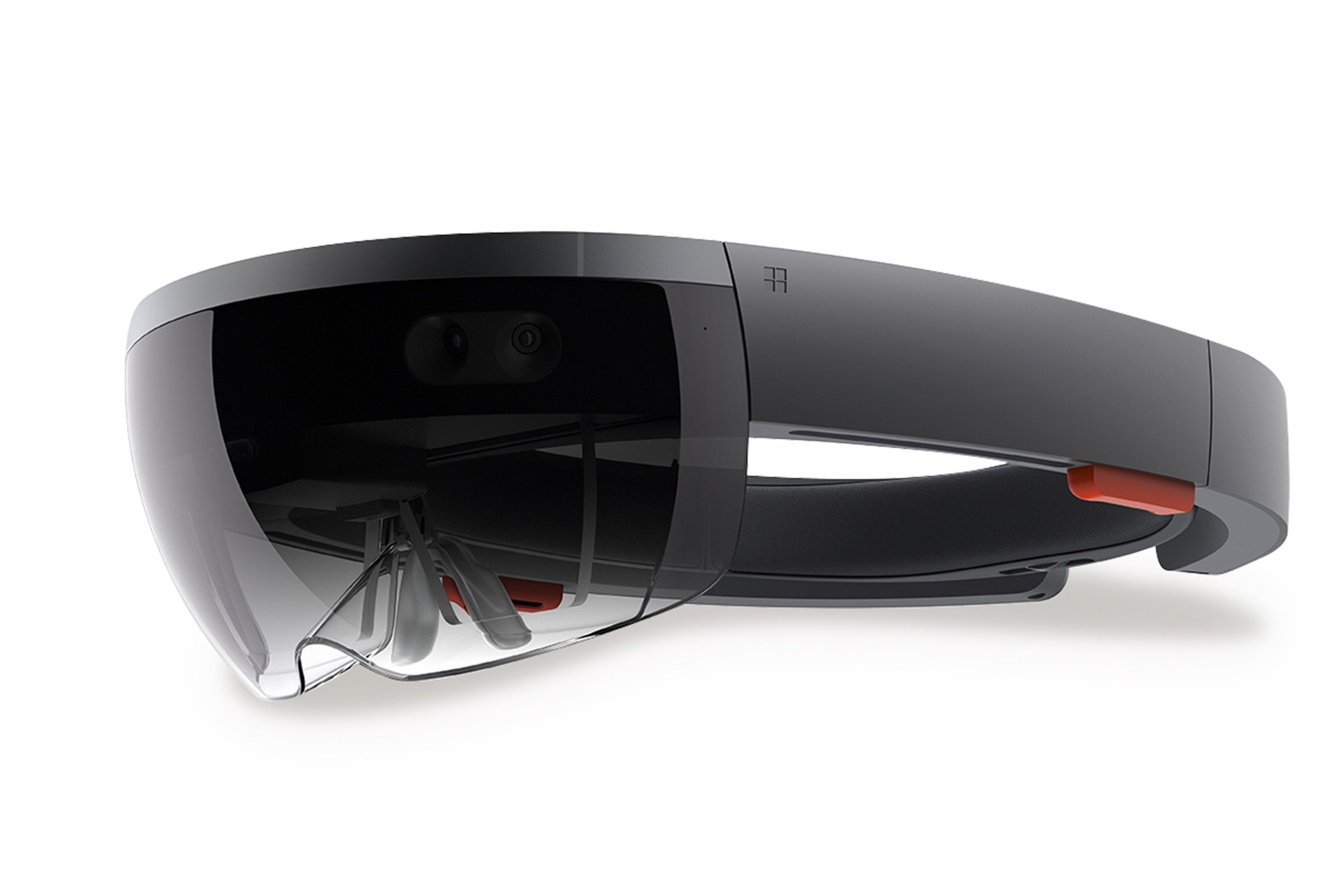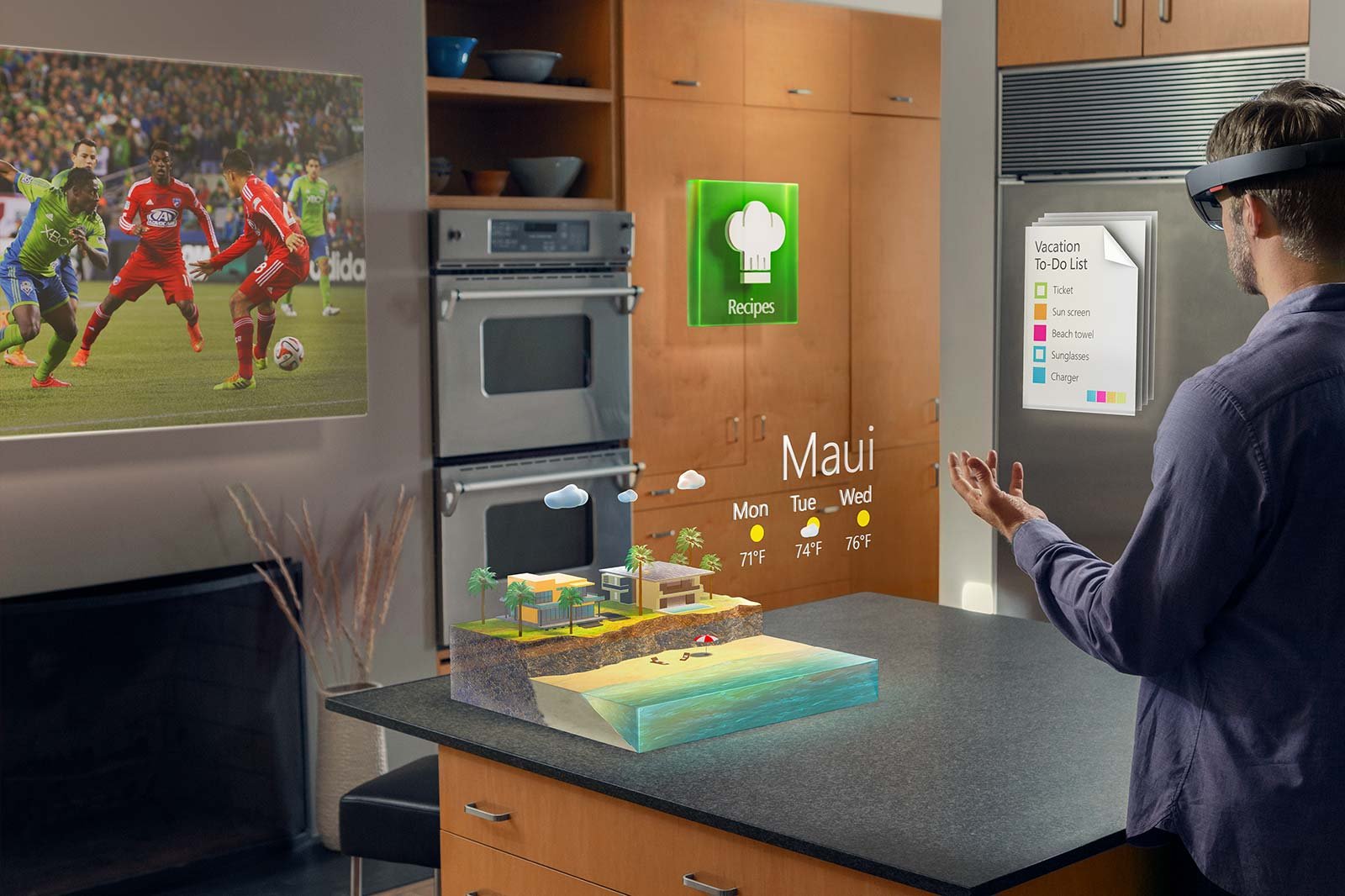From science fiction to science fact: Microsoft’s plan for augmented reality
The company has its sights firmly set on building up AR as a platform, not a product


Once a concept reserved for the annals of science fiction, augmented reality technology is now firmly available in real life and is being hailed as the future of computing by tech luminaries like Mark Zuckerberg, Tim Sweeney and others.
While most people's exposure to AR has been through disposable gimmicks like Pokemon Go and Snapchat filters, the technology has received a significant amount of attention from major tech firms. Microsoft in particular is betting big on augmented, virtual and mixed reality technologies.
"Microsoft has been very clear, from Satya right down, in articulating that mixed reality is the future of computing," Leila Martine, Microsoft UK's director of new devices, tells IT Pro, "and when you think about it, that is a really ambitious statement."
For Microsoft, mixed reality represents the full spectrum of how the real and digital worlds can be melded. At one end are devices like HoloLens, its 2,700 headset that projects digital images onto a real-world view of your surroundings, while at the other are fully-immersive VR headsets like the Oculus Rift. While the two categories are currently fairly separate, Microsoft envisions a future in which they meet in the middle and has built Windows 10 with this in mind.

Compared to more well-known and consumer-friendly VR technology, the augmented reality market has been much slower to take off. With just 100,000 units sold last year, analyst house CCS Insights doesn't expect the AR industry to start racking up significant sales until 2019.
Part of this is because AR has more business applications, explains the firm's chief of research, Ben Wood: "The focus on enterprise uses and vertical market opportunities means longer sales cycles, exacerbated by the complexities of integration and compliance in workplaces."
However, AR adoption is facing other teething troubles as well; according to Martine, one of the main problems is simply showing companies that this technology actually exists.
Get the ITPro daily newsletter
Sign up today and you will receive a free copy of our Future Focus 2025 report - the leading guidance on AI, cybersecurity and other IT challenges as per 700+ senior executives
"I think the challenge isn't so much the use cases that are not getting as much attention," she tells IT Pro, "it's really getting a lot of companies to recognise that this isn't science fiction, and that it's actually science fact."

Like VR technologies, Martine says that once companies actually try HoloLens, they usually experience "penny-drop" moments, where they realise the potential of the technology. The most common example of this is apparently Skype, where the benefits of being able to support less experienced field-based staff with real-time remote support from battle-hardened veterans is both widely-applicable and highly valuable.
According to Martine, once a company has piloted HoloLens on one project, it's easier to roll it out on a much larger basis. "What we're seeing with a lot of companies is they'll start off with one specific area, but ... when they get through their first proof-of-concept that turns into a pilot that turns into reality, and their companies start to really understand the technology... then they start being able to [use] it in lots of other projects," she says.
Adam Shepherd has been a technology journalist since 2015, covering everything from cloud storage and security, to smartphones and servers. Over the course of his career, he’s seen the spread of 5G, the growing ubiquity of wireless devices, and the start of the connected revolution. He’s also been to more trade shows and technology conferences than he cares to count.
Adam is an avid follower of the latest hardware innovations, and he is never happier than when tinkering with complex network configurations, or exploring a new Linux distro. He was also previously a co-host on the ITPro Podcast, where he was often found ranting about his love of strange gadgets, his disdain for Windows Mobile, and everything in between.
You can find Adam tweeting about enterprise technology (or more often bad jokes) @AdamShepherUK.
-
 Should AI PCs be part of your next hardware refresh?
Should AI PCs be part of your next hardware refresh?AI PCs are fast becoming a business staple and a surefire way to future-proof your business
By Bobby Hellard
-
 Westcon-Comstor and Vectra AI launch brace of new channel initiatives
Westcon-Comstor and Vectra AI launch brace of new channel initiativesNews Westcon-Comstor and Vectra AI have announced the launch of two new channel growth initiatives focused on the managed security service provider (MSSP) space and AWS Marketplace.
By Daniel Todd